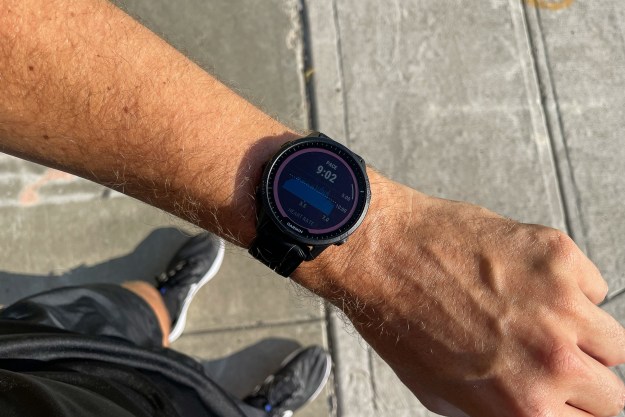It’s the recyclability of the new material that makes it so special. While most commercial solutions can clean up a mess, they can’t be put back into action once they’ve been used. Today’s so-called sorbents, which absorb oil, are a one-and-done type of solution — once they’ve been employed in an oil spill, they and the oil they’ve collected are discarded and normally incinerated. Needless to say, this isn’t the most sustainable way of going about things.
But Darling’s sponge-like device could be a game-changer. The material, which Darling describes as a “foam,” is made of polyurethane or polyimide plastics and coated with “oil-loving” silane molecules, which means that they soak up oil particularly well. Not so well that the oil can’t ultimately be squeezed out of the sponge, of course, but well enough to attract the oil in the first place.
Already, the Argonne National Laboratory team has begun testing its technology. “We made a lot of the foam, and then these pieces of foam were placed inside mesh bags – basically laundry bags, with sewn channels to house the foam,” Darling told New Scientist. The researchers then hung these mesh bags from a bridge atop a large pool that has been designed for oil spill simulations. These sponges were then dragged behind a pipe leaking crude oil, and then judged for their ability to not only clean up the mess, but to be wrung out and reused over the course of many days.
“Our treated foams did way better than either the untreated foam that we brought or the commercial sorbent,” Darling said. But don’t get too excited yet — a test in a controlled environment is still quite different from a test in open, rough ocean water. But Darling has high hopes. “In an ideal world, you would have warehoused collections of this foam sitting near wherever there are offshore operations… or where there’s a lot of shipping traffic, or right on rigs… ready to go when the spill happens,” he said.
But we’ll just have to wait and see if this comes to fruition.


